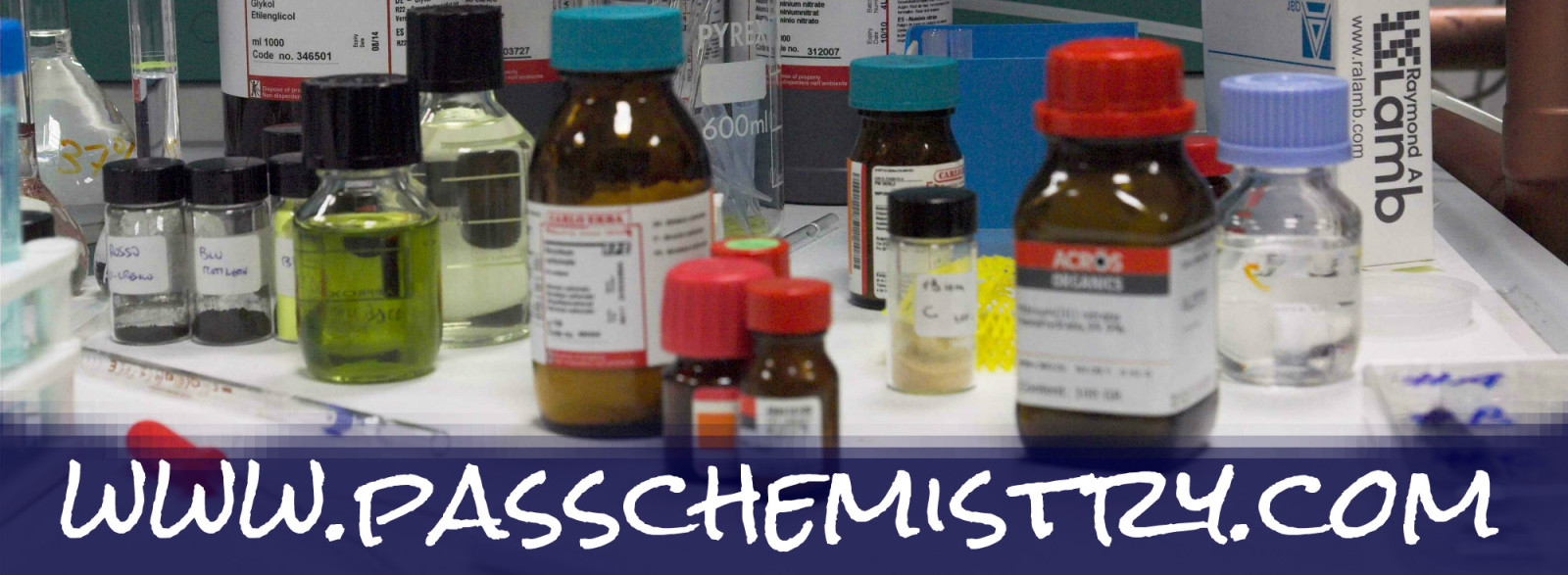You will be learning about allotropes of carbon and phosphorus as you answer the questions below by visiting the web sites listed. You will answer the questions on your own notebook paper.
PART I: First, find the wise geek site at http://www.wisegeek.com/what-is-an-allotrope.htm
- Define allotrope.
- Why is an allotrope not just a different phase of the element? (example: liquid v. solid)
- Do allotropes have the same configuration (grouping) of their atoms? Do they have the same physical and chemical properties?
- What are the formulas for the two allotropes of oxygen, and which form is more abundant?
- How many allotropes of carbon have been discovered so far?
- Name some of the property variations that carbon atoms exhibit?
PART 2: Next, google to find pictures of the atomic models for graphite, diamond, and buckyballs which are three allotropes of carbon.
- How many bonds does the carbon atom form with itself in graphite?
- How many bonds does the carbon atom form with itself in a diamond?
- 1. How is the bonding in a buckyball different than the bonding in graphite or diamond?
- Next, google to find pictures of red and write phosphorus.
- 1. Explain the difference in how red and white phosphorus are bonded.
PART 3: Next, find the site on Wikipedia at the URL http://en.wikipedia.org/wiki/Allotropes_of_phosphorus
- Summarize the introductory diagram (upper right hand corner) in one or two sentence that talks about how the different allotropes of phosphorus are formed with pressure and temperature.
- Why is white phosphorus also called yellow phosphorus?
- What does white phosphorus need to glow green in the dark?
- Look at the illnesses that phosphorus exposure can cause to people. Click on “phossy jaw” and describe what it is and what occupation people were in who were afflicted.
- Which allotrope of phosphorus is more stable in air? Using what you learned about the structure of red and white phosphorus from the previous website molecule models, what structural difference might account for that change?
PART 4: Please visit the site on phosphorus allotropes at the URL:http://www.daviddarling.info/encyclopedia/P/phosphorus.html
- How is red phosphorus useful in matches?
- Phosphorus in Greek means “bearer of light”, how does that relate to the behavior of white phosphorus?
- Use google: Describe how Hennig Brandt discovered phosphorus.(the answer has a small “yuck” factor involved.)
PART 5: Next, read the buckyball article: http://www.bisd303.org/cms/lib3/WA01001636/Centricity/Domain/587/Bunky%20Ball%20Allotrope%20Extra%20Credit.pdf
- What does the device developed by Curl and Smalley do?
- What did Kroto want to use the device for?
- What are the Diffuse Interstellar Bands?
- At first, what was the Rice University team more interested in than interstellar molecules?
- What 2 species of carbon showed up in the mass spectrometer?
- What must geometrical closed structures consist of?
- What is the technical name for a buckyball?
- Why is it possible to trap metal ions inside a buckyball?
- Even though he had helped discover buckyball, why was Kroto somewhat disappointed?
- Scientists from what institutions found a way to produce a large number of fullerines?
- In a solid crystal, how fast does a buckyball rotate?
- How is buckyball like a major league baseball player?
- In what 2 areas have buckyballs shown promise?
- What has Fred Wudl’s group at the University of California, Santa Barbara created?
- What does the author mean when he says that buckyball is “doped” with potassium atoms?
- A. What group is currently in the lead in the “superconductivity race?”
- What did they “dope” buckyball with?
- At what temperature does their doped buckyball become superconducting?
- What has Robert Whetten of UCLA done with buckyballs?
- What might C60F60 be useful for?
- What might “buckytubes” be able to do?
- When gases collide with a buckyball crystal, describe how “large” gases, “medium” gases, and “small” gases are affected by the buckyball.
- What can be grown on the fullerine C-70?
- List 4 products that would be better than ever if they were coated with a thin layer of diamond.
- Briefly describe the following… A. “fuzzyballs” B. “buckybabies” C.“bunnyballs”
- What are metallofullerines?
- STUDENT RESPONSE: Our government, industries, and universities are spending large sums of money researching buckyball. There is no guarantee that buckyball will prove to be a useful substance. Should we continue to spend millions of dollars every year to learn more about buckyball? Or is there a better use for that money? If so, what? Please respond to the above issue by writing a short paragraph explaining your position.
Extra Credit: Read one or both of the articles below. Write at least 5-10 sentences explaining how a nanotube is an isotope of carbon and what it’s structure and bonding look like. Then discuss the new applications of these nanotubes. What practical applications for carbon nanotechnology are most interesting to you?
